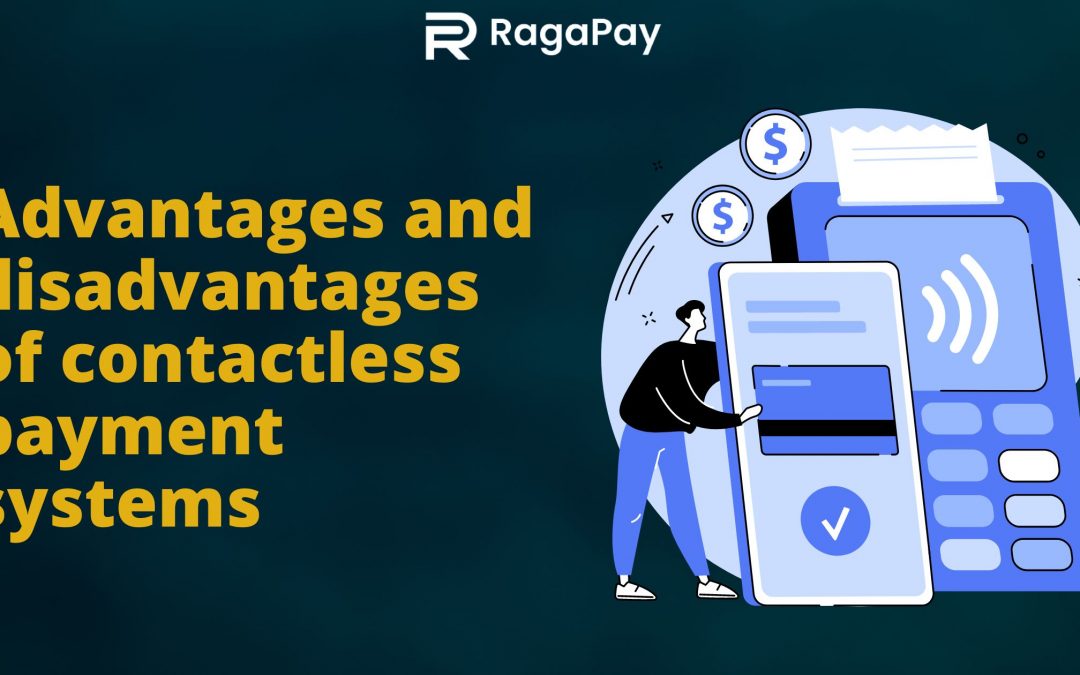Introduction
If you’ve read anything about contactless payment in the past few years, you’re aware that they’re a convenience for consumers and banks alike. Contactless payments are easier than swiping your card or inserting it into an ATM, but they can also be difficult to use if you don’t know the rules of contactless payments.
Advantages and disadvantages:
Convenience
Contactless payment systems are convenient. You don’t need to carry cash or cards with you, so you can be sure that the money in your wallet is safe. You’ll also never forget your phone when making contactless payments because it’s always within sight and ready for action!
Another great thing about contactless payments is that they’re easy to use at home too – tap on the card reader when prompted by the app or website (if applicable).
This means no more fumbling around trying to find a way of paying with an unfamiliar device; everything happens without any fuss or bother!
Finally, there’s no need for stress over losing things like wallets or purses as these types of technology mean there’s no chance of misplacing them either – which means less hassle during busy days at work/school etc.
Security
Contactless payment systems are secure. The use of contactless cards and mobile devices for payment has become popular in recent years, and this trend is expected to continue as more people choose these methods of payment over cash or checks.
Contactless technology involves using a unique code that is not linked to your bank account information when you make an online sale or use your credit card at a participating merchant.
This means that if someone were able to steal your card, they would be unable to access any personal information associated with it unless they also had access to their financial institution’s database—a feat that very few criminals are able to do (though some hackers do manage).
Speed
Contactless payment systems are fast. You don’t have to wait in line, enter your PIN, or swipe your card. When you use contactless technology, it only takes one touch of the card reader and you’re done.
There’s no need to wait for someone else’s turn or attempt to insert a quarter into the machine yourself (or even remember where it is).
Contactless payments are not only faster than traditional methods of payment, but they can also be made while walking down the street—or even while waiting for buses and trains!
Lack of consumer awareness
Contactless payment systems are easy to use and offer more security than other methods of payment. Yet, consumers need to be aware of the security issues involved with this type of technology.
Lack of choice
If you are a contactless card holder, you will only be able to use your card when paying for things in the country where it was issued. There is no way of using it abroad. This means that if you want to pay for something outside of your own country and also have a contactless card, then this is not possible.
Possibility of accidental payments
Contactless cards can be used without your knowledge. You may not notice the transaction until you get your bill, or not at all if it’s buried in other charges.
You may have to pay a fee for the transaction, depending on how much money is involved and where it was made (for example, some places charge 2% compared with 0% elsewhere).
Besides, when using contactless cards abroad or in some countries’ borders (such as Canada), interest will apply to any borrowed funds—even if there haven’t been any fees paid yet!
Contactless payment systems are easy and secure, but they can be a pain if you don’t know what you’re doing. Contactless payments work by using your mobile phone as an electronic keycard to allow transactions. The system is not perfect; some people think it’s not secure, and others think it’s too slow.
Conclusion
Contactless payment systems are a great way to pay for things without carrying cash or using your cards. Yet, they do come with some downsides that you need to be aware of before starting to use them. You should also know how long it takes before the transaction goes through so that you don’t have any problems later on!

